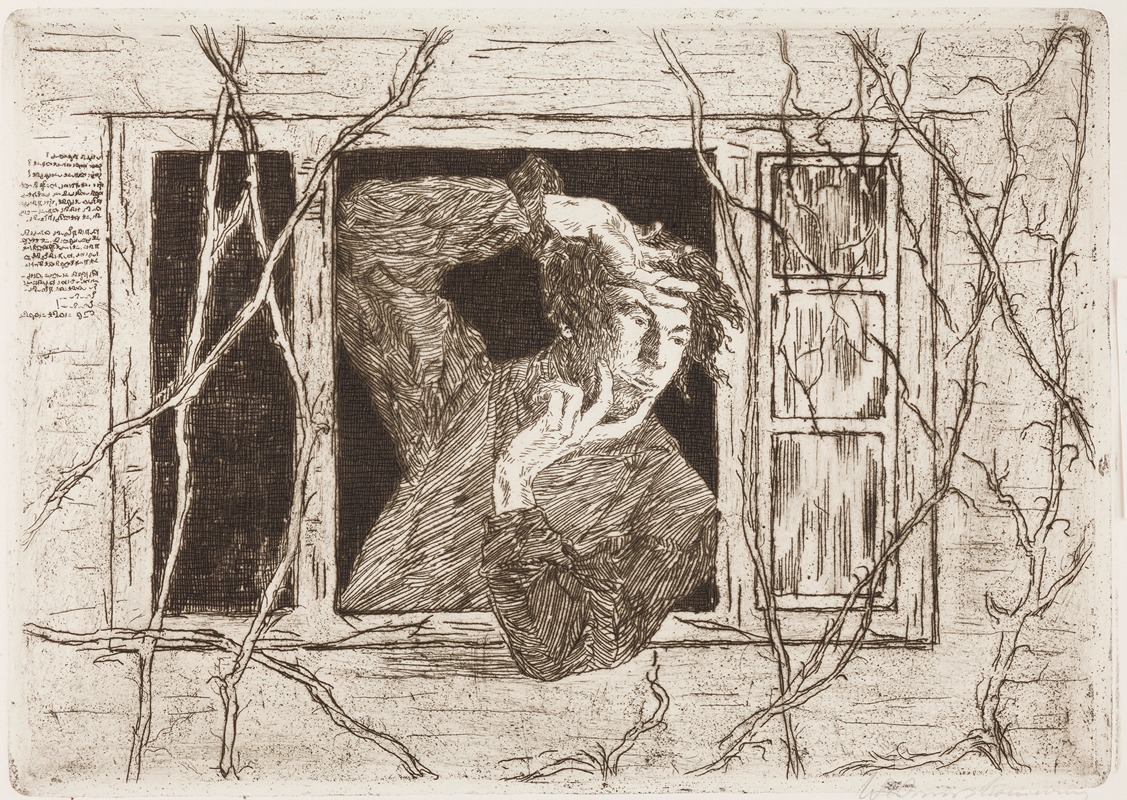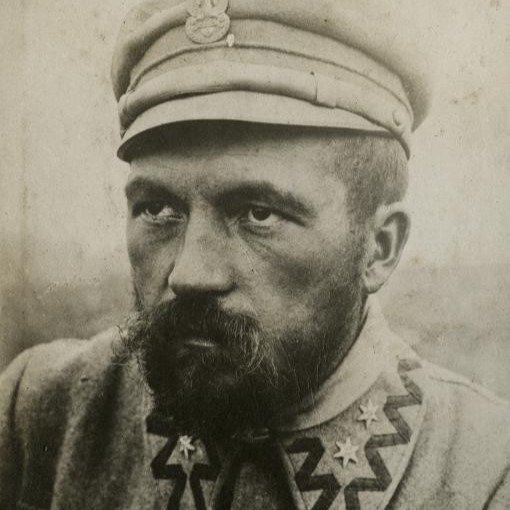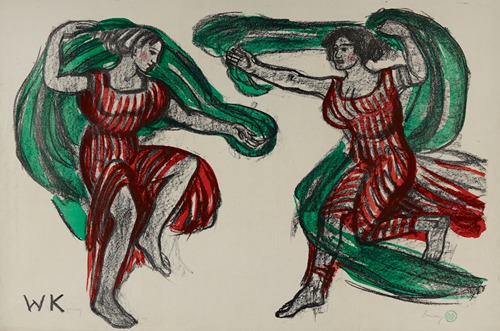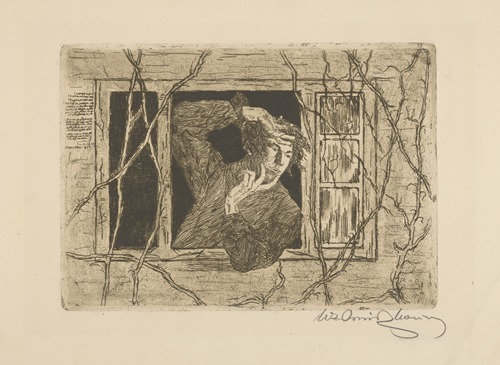

Włodzimierz Fryderyk Konieczny was a Polish sculptor, graphic artist, poet, lieutenant of the Polish Legions, Knight of the Order of Virtuti Militari.
He was the son of Marcin, an administrative employee at the Polytechnic School in Lviv. He attended secondary schools in Tarnów and Lviv, and then a commercial school in Lviv, where he also began studying drawing at the Industrial School in Lviv. However, he interrupted his studies and, at the urging of Stanisław Witkiewicz (his father), began studying at the School of Woodworking in Zakopane in 1901.
Then, in 1903–1908, he studied at the Academy of Fine Arts in Krakow, where he was taught sculpture by Konstanty Laszczka and graphic arts and painting by Józef Pankiewicz. In 1909, he published Teka graficzna (Graphic Portfolio), which included etchings and lithographs. Thanks to a scholarship, he continued his studies in Paris (1909–1911). After returning to Krakow, he became involved in the organization of the Krakow Workshops (together with Wojciech Jastrzębowski) and was active in the Active Combat Association and the Rifle Association.
He was well known in the Krakow artistic community, belonged to the Polish Artists' Society “Sztuka” (Art), and maintained friendly relations with Stanisław Ignacy Witkiewicz and Stefan Żeromski. Konieczny was also the author of several literary works, including the unpublished plays Wieczny budowniczy (The Eternal Builder) and Straceńcy (The Doomed), as well as several poems and sketches published in Krytyka (his poetry was republished in the interwar period in Panteon Polski). His works were presented, among others, at the Society for the Encouragement of Fine Arts in Warsaw (1908–14), the Society of Friends of Fine Arts in Krakow (from 1911), in Lviv (from 1913), as well as in Paris, Vienna, and Venice.
On August 8, 1914, he joined the 1st Infantry Regiment of the Polish Legions and fought at the Nida River. Regrouped to the 5th Infantry Regiment of the 1st Brigade of the Polish Legions, he was the commander of the 6th Company of the 2nd Battalion. He was promoted to commander of the 4th Company and died during the fighting for Polska Góra near Kostiuchnówka. His body was never found and he probably lies in an unmarked grave. In 1923, Stefan Żeromski dedicated his work entitled Snobizm i postęp (Snobbery and Progress), considered the catechism of Polish regionalism, to him.
Before his death, while stationed in Volhynia, he carved a statuette of a legionnaire, which he received as a name day gift on March 19, 1916, from Marshal Józef Piłsudski. Włodzimierz Konieczny was posthumously promoted to the rank of captain and awarded the Cross of Independence and the military order “Virtuti Militari” V class. When plans were made in Radom to commemorate the Polish Legions, the committee appointed for this purpose had difficulty choosing a suitable sculpture. Józef Piłsudski, who was staying in Radom at the time, suggested a sculpture by Włodzimierz Konieczny. The monument was designed by Kazimierz Pietkiewicz and made of bronze obtained from melted Austrian cannon barrels. The sculpture was unveiled on August 10, 1930, in the presence of Józef Piłsudski, politicians, and participants of the 9th Congress of the Legionnaires' Union, which was taking place in Radom at the time.




